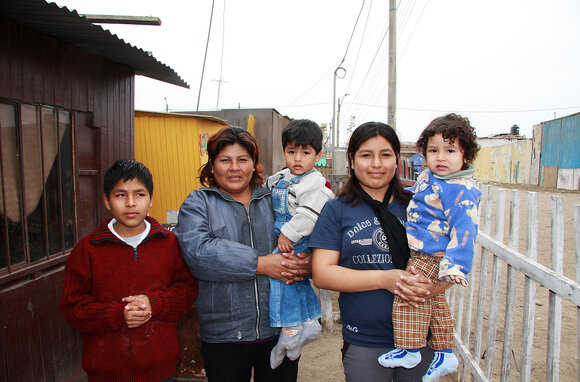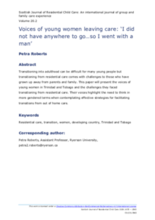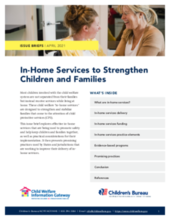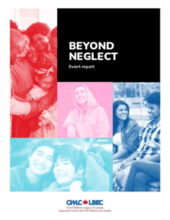This page contains documents and other resources related to children's care in the Americas. Browse resources by region, country, or category.
Displaying 171 - 180 of 1438
This study aimed to better understand the role that Court-Appointed Special Advocates (CASAs) play in the lives of transition-age youth (TAY) by asking participants about the nature of their relationships with their CASAs, and the extent to which their CASAs helped prepare them for independent living.
A systematic review was conducted to examine the effectiveness of interventions and practice models for improving health and psychosocial outcomes of young people in residential care and to identify relevant knowledge gaps.
This study used community‐participatory qualitative methods to deeply explore the lived experiences and emotional repercussions of family separation and reunification.
The authors of this study estimated the expected number of affected children for each COVID-19 death (the parental bereavement multiplier) in the U.S., enabling tracking of parental bereavement as the pandemic evolves. This article shares the results of that study.
The current study used survival analysis to investigate whether the type of placement (kin versus non-kin) related to the number of placement disruptions over time.
The purpose of this study was to provide a population-based analysis of child protection system (CPS) involvement among children and adolescents who died by suicide.
This exploratory narrative case study delves into the life trajectories of two English-speaking adults age 50+ who spent over three years in youth protection-based congregate care and aged out of these services in Quebec, Canada.
Transitioning into adulthood can be difficult for many young people but transitioning from residential care comes with challenges to those who have grown up away from parents and family. This paper presents the voices of young women in Trinidad and Tobago and the challenges they faced transitioning from residential care. Their voices highlight the need to think in more gendered terms when contemplating effective strategies for facilitating transitions from out of home care.
Most children involved with the child welfare system are not separated from their families but instead receive services while living at home. This issue brief explores effective in-home services that are being used to promote safety and help keep children and families together, as well as practical considerations for their implementation. It then presents promising practices used by States and jurisdictions that are working to improve their delivery of in-home services.
In April 2021, the Child Welfare League of Canada (CWLC), in partnership with the Children’s Aid Foundation of Canada, led a series of cross-sectoral convenings with the goal of introducing a positive obligation for government and service providers to assist families who are experiencing difficulties in a context of poverty. This three-day event convened people across sectors to gain a better understanding of how the child welfare system responds to the conditions that place families at an increased risk of child protection involvement due to assessments of ‘neglect’. The goal of Beyond Neglect is to develop and champion evidence-based legislative frameworks that could help service providers and governments to better meet the needs of children, youth and their families.





